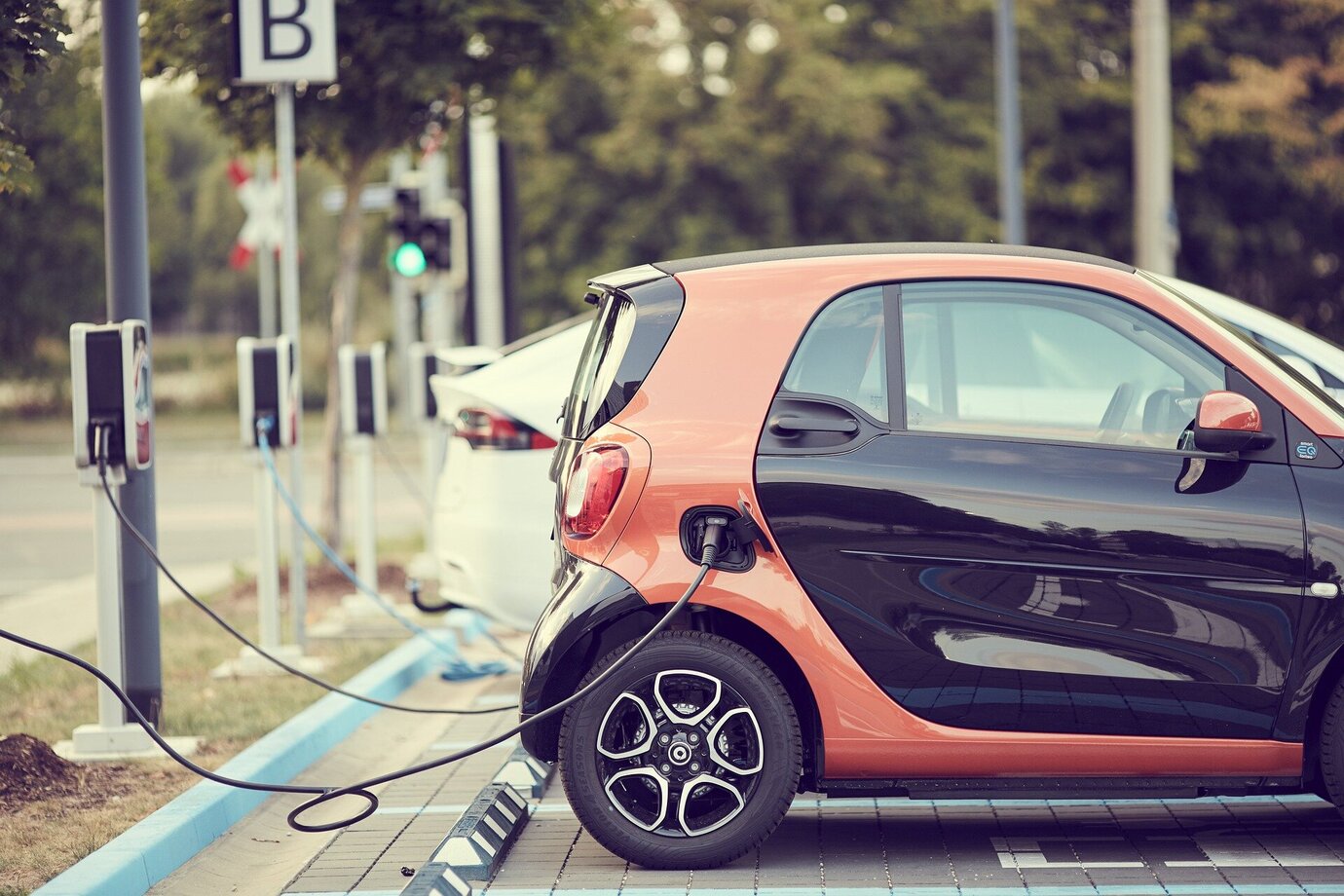Alternatives to lithium-ion batteries: performance & safety
Lithium-ion batteries have become an integral part of the modern world. In addition to smartphones, tablets and laptops, they also power e-bikes, tools, lawnmowers and electric cars. Although classic lithium-ion batteries and LiPos are constantly getting improved, new technologies are needed for major leaps in performance, capacity, safety or cost. Here we present the most important ones that are already being used in electric cars or will be launched on the market in the near future:
Sodium-ion batteries
Some low-cost Chinese vehicles with sodium-ion batteries have been on the roads since 2023. In these vehicle batteries, not only is lithium replaced by the much cheaper sodium, but the need for other expensive raw materials such as cobalt, copper and nickel is also eliminated or significantly reduced. As sodium-ion batteries are otherwise manufactured in a similar way to lithium-ion batteries, they are significantly cheaper.
In addition, sodium-ion batteries last longer, can withstand higher charging currents and are less sensitive to cold. They are also said not to burn. As the technology is still relatively new, it remains to be seen whether these properties can also be (permanently) achieved in reality. These advantages are also offset by a lower energy density than lithium-ion batteries.
In addition to sodium-ion batteries with organic electrolytes, there are also those with aqueous electrolytes. However, these have an even lower energy density and are therefore not suitable for electric cars.
Lithium iron phosphate batteries (LFP batteries)
In LFP batteries, the lithium cobalt(III) oxide often used in other lithium-ion batteries is replaced by lithium iron phosphate. This not only completely eliminates the use of cobalt, but also requires less lithium for production. It also eliminates the oxygen supplier that makes ‘thermal runaway’ in lithium-ion batteries so dangerous. However, flammable gases can still be produced in the event of overheating. Fire protection is therefore not quite as critical with lithium iron phosphate batteries as with classic LiPos, but it is still important.
Lithium iron phosphate batteries are also less sensitive to deep discharge and high or low temperatures. They also tolerate high charging currents and high power output. Overall, they are characterised by a high cycle stability and therefore a long service life.
Compared to conventional lithium-ion batteries, lithium iron phosphate batteries also have a high efficiency (ratio of energy absorbed to energy released) and low self-discharge. This makes them very economical.
A disadvantage is the slightly lower capacity and therefore – with a battery of the same size – the shorter range. Although the largely flat voltage curves are desirable, they also make it more difficult to determine the state of charge.
Solid-state batteries
In classic lithium-ion batteries, the cathode and anode are separated from each other by a liquid or gel electrolyte. This has the advantage that lithium ions can move relatively easily through the electrolyte. However, metal needles can form in LiPos and grow from one electrode to the other, causing a short circuit. Solid-state batteries, on the other hand, use a solid electrolyte made of glass or ceramic. Although solid-state batteries rely on metallic lithium, they are therefore less of a fire hazard than classic lithium-ion batteries.
Liquid electrolytes also become more viscose with decreasing temperature and therefore less permeable, which greatly reduces performance and capacity at low temperatures. The already solid electrolytes of solid-state batteries do not have this problem.
The cells of solid-state batteries are also characterised by higher performance and significantly higher capacity. The effect is further enhanced by the fact that the batteries do not need to be heated or cooled and the cells also require less protection against damage. Both of these require [2] [3] space and material [4] in classic lithium-ion batteries.
The biggest disadvantage of solid-state batteries is that there is currently (as of October 2024) no market-ready model. Samsung expects to be able to start production by 2027.
Semi-solid-state cell
There are also semi-solid-state cells that work with a combination of liquid and solid electrolyte. These represent a compromise between solid-state batteries and classic lithium-ion batteries.



